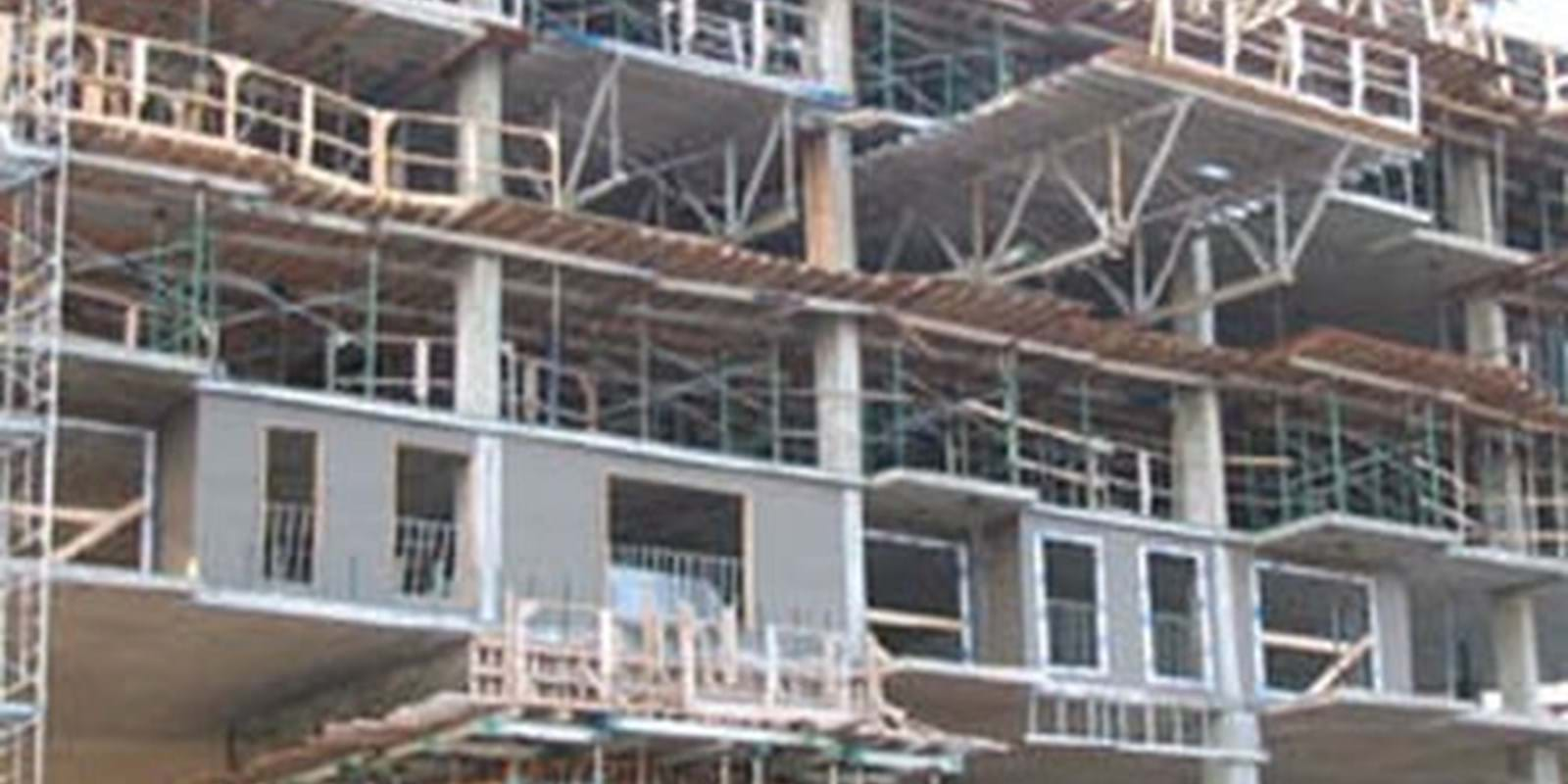The increase in the value of permits in December was entirely due to the non-residential sector. Conversely, the upward trend in the total value of construction intentions in 2009 was largely due to the residential sector.
In the residential sector, the value of permits remained steady at $3.9 billion. Declines in Ontario, Alberta and Manitoba were offset by a gain in British Columbia. In recent months, the value of permits has started to approach the peak reached before the economic slowdown.
In December, the total value of construction intentions rose in seven provinces, led by Alberta and British Columbia.
Non-residential sector: The commercial component is up
The value of commercial building permits increased for the third straight month, advancing 29.2% to $1.5 billion in December. The consecutive gains raised the level of construction intentions for commercial buildings to their highest point in 2009. The December increase was largely due to construction intentions for office buildings in Ontario and Alberta.
In the institutional component, municipalities issued permits worth $514 million in December, down 21.9%. It was the second consecutive decline. Alberta and Ontario posted decreases as a result of a decline in the value of building permits for educational institutions.
After reaching their peak for the year in October 2009, construction intentions in the industrial component were down in December for the second straight month. Intentions declined 19.0% to $240 million, after falling 57.7% in November. Ontario led the seven provinces that posted lower construction intentions.
Residential sector: Lower intentions for single-family permits
After nine consecutive monthly increases, the value of building permits for single-family dwellings declined 1.3% to $2.5 billion. The declines in Alberta, Ontario and Saskatchewan more than offset the gains recorded in the other seven provinces. British Columbia and Nova Scotia posted the largest advances in single-family construction intentions.
Municipalities issued $1.3 billion worth of permits for multi-family dwellings in December, up 2.1% from November. The increase resulted from higher construction intentions in four provinces, including British Columbia and Alberta.
At the national level, municipalities approved the construction of 18,321 new dwellings in December, up 2.4%. The gain was attributable to multi-family dwellings, which rose 5.5% to 9,406 units. The number of single-family dwellings approved declined 0.6% to 8,915 units.
Alberta and British Columbia post the largest gains
The value of building permits was up in seven provinces.
The most significant increases were in Alberta and British Columbia. In Alberta, the advance in the value of permits was attributable to the commercial component and to multi-family dwellings. British Columbia's gain was due to the residential sector.
Manitoba posted the largest drop in December, as a result of declines in both the non-residential and residential sectors. Nova Scotia and Newfoundland and Labrador posted declines resulting from their non-residential sectors.
Value of permits down in more than half of all metropolitan areas
The total value of permits fell in 19 of the 34 census metropolitan areas.
The largest declines were in Edmonton and Ottawa. In Edmonton, the increase in multi-family dwellings did not offset declines in all other components. Similarly, Ottawa recorded a decline in every component except permits for commercial buildings.
In contrast, the largest gains were in Calgary, Toronto, Greater Sudbury and Vancouver. In Calgary and Toronto, the increase was due to non-residential building permits and multi-family dwellings. In Greater Sudbury, it was driven by fee increases taking effect in 2010, which raised the number and the value of permits for both the residential and non-residential sectors. In Vancouver, the increase came from the residential sector.
Note to readers
Unless otherwise stated, this release presents seasonally adjusted data, which eases comparisons by removing the effects of seasonal variations.
Preliminary data are provided for the current reference month. Revised data, based on late responses, are updated for the previous month.
The Building Permits Survey covers 2,400 municipalities representing 95% of the population. It provides an early indication of building activity.
The communities representing the other 5% of the population are very small, and their levels of building activity have little impact on the total.
The value of planned construction activities shown in this release excludes engineering projects (e.g., waterworks, sewers or culverts) and land.
For the purpose of this release, the census metropolitan area of Ottawa–Gatineau (Ontario/Quebec) is divided into two areas: Gatineau part and Ottawa part.

